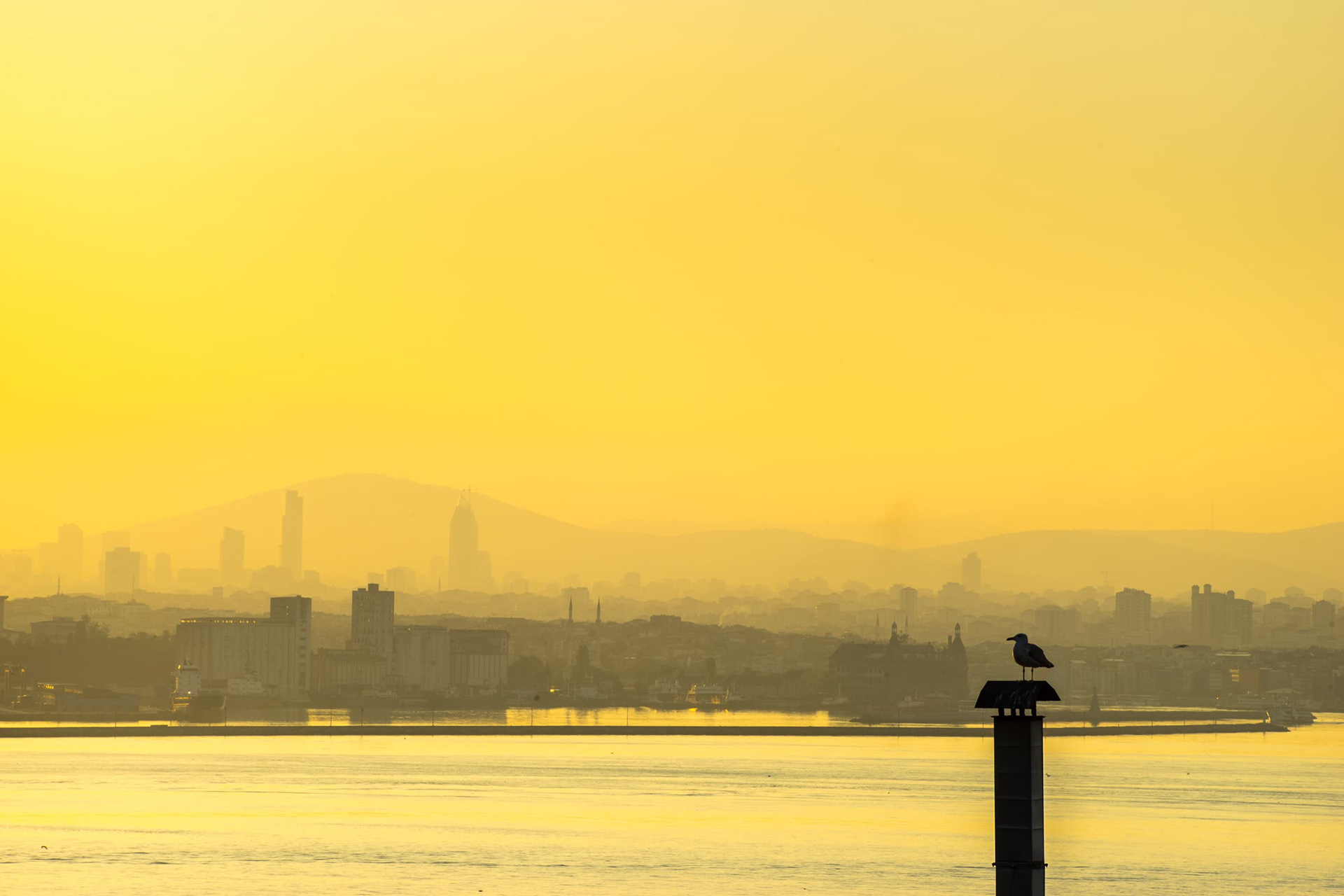The first time I saw the Bosphorus I barely noticed it. My eyes were seeking the other side, the Orient. The vast steppes of bleached bones; illusory oases around fragrant harems; dusty waves of Huns, Turks, or other bearers of bad news; lavish silk and utilitarian wool singing of undescribable hues; trance inducing dervishes; treasure burning in mystic fire.
To get to the Orient, you have to cross the Bosphorus. And that’s how you notice it, how you find it, how you understand it: by being in it, surrounded, a guest and a prisoner of its benevolent waves.
Purposeful ferries of different sizes take you across and back. From their decks Istanbul appears tamed, defenseless. The hustle and bustle is snuffed out by the breeze, people shrink into antdom. Here, architecture stands alone to represent the city. Drawn out in luminous limestone, it hugs the tall banks of the Bosphorus with ease and grace.
Close your eyes now, listen to the waves, and feel the wind. It’s the same wind that filled the sails of Jason and his Argonauts, the same waves that confronted sultan Mehmet‘s assault on Constantinople. Thousands of years from now the city may be gone; proud minarets following shiny skyscrapers into the maw of oblivion. But the waves and the winds of the Bosphorus will endure, pounding the shore with eternal equanimity.











